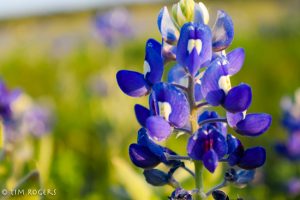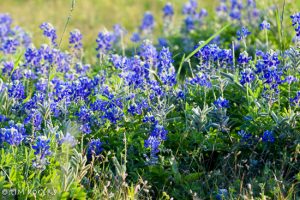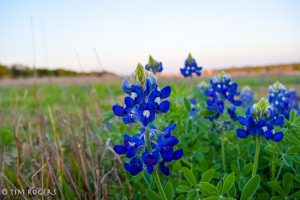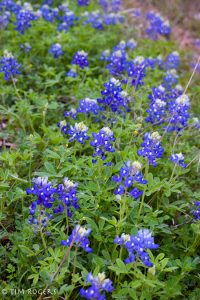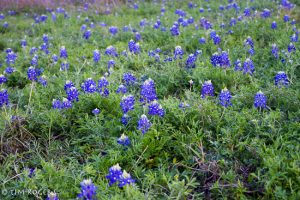“Weeds are flowers too, once you get to know them.” -A.A Milne
People love flowers, but they tend to hate weeds. Which makes you think, what really is the difference? Especially in Texas, where we worship wildflowers, the main distinction seems to be that if it is native to Texas its a wildflower and if it isn’t its a weed. So like the unofficial motto of Austin, the unofficial definition of wildflowers seems to be “don’t move here.”
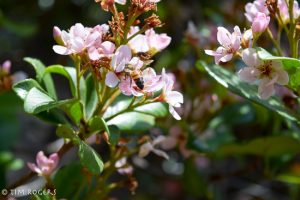 But even before getting to the wildflowers, Spring can be a very pretty time. As the bushes and trees come back to life, butterflies and bees return and pollen turns everything green and makes it so you can’t breathe. But the true hallmark of spring in Texas is when the wildflowers start to emerge.
But even before getting to the wildflowers, Spring can be a very pretty time. As the bushes and trees come back to life, butterflies and bees return and pollen turns everything green and makes it so you can’t breathe. But the true hallmark of spring in Texas is when the wildflowers start to emerge.
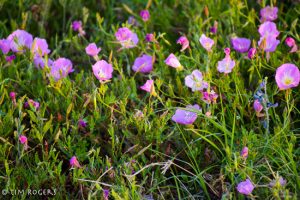 And it isn’t just bluebonnets – these are pink evening primrose, also known as buttercup, and as drought resistant flowers that essentially regenerate each night, they can handle the unique climate considerations of this state.
And it isn’t just bluebonnets – these are pink evening primrose, also known as buttercup, and as drought resistant flowers that essentially regenerate each night, they can handle the unique climate considerations of this state.
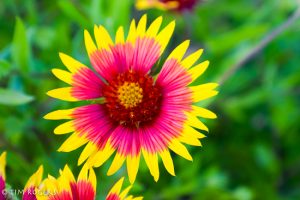
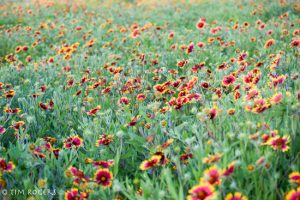 While they don’t get as much attention as their floral sibling, the Indian Blanket is one of my favorite blooms this time of year. Their colors are vibrant and piercing and they just seem to brighten up dull areas. With the kind of weird weather sequence this year, some of the other wildflowers haven’t come out as well, but these have been beautiful.
While they don’t get as much attention as their floral sibling, the Indian Blanket is one of my favorite blooms this time of year. Their colors are vibrant and piercing and they just seem to brighten up dull areas. With the kind of weird weather sequence this year, some of the other wildflowers haven’t come out as well, but these have been beautiful.
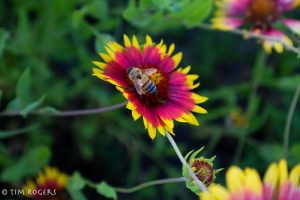
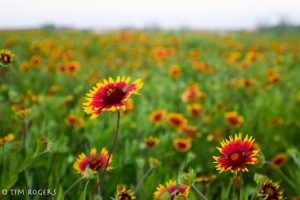
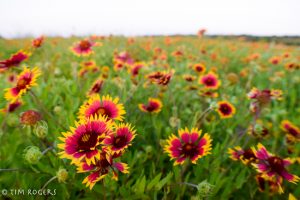
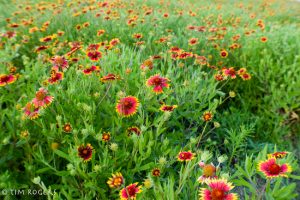 But professional photographers don’t get their April rent paid by Indian Blanket, Indian Paintbrush, Evening Primrose, or any of the other numerous and beautiful wildflowers of Texas. Bluebonnets take care of that. When going through the park to take some of these pictures, I saw at least four photo shoots going on.
But professional photographers don’t get their April rent paid by Indian Blanket, Indian Paintbrush, Evening Primrose, or any of the other numerous and beautiful wildflowers of Texas. Bluebonnets take care of that. When going through the park to take some of these pictures, I saw at least four photo shoots going on.
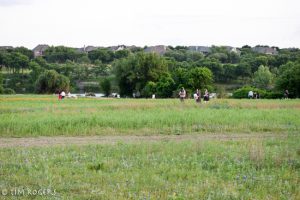 Please wade into the high grass in your sandals to celebrate your engagement with a snakebite.
Please wade into the high grass in your sandals to celebrate your engagement with a snakebite.
And honestly, the bluebonnet season this year has been a little weird. While bluebonnets are very weed-like in their spread and adaptation to bad conditions, they are also tempermental and require certain conditions to grow. This winter never really got cold, and we got the warm spring-like weather very early, so it seemed that different generations of bluebonnets started coming up at wildly different times, starting much earlier than normal but also not really taking over some of the usual fields.
That doesn’t mean the ones that have come up aren’t incredibly pretty. Just being native to the state of Texas wasn’t enough for the bluebonnet to become the state flower and be officially spread across the state as part of a highway beautification program. When they are in full bloom, bluebonnets are fantastic.
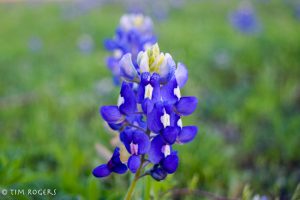
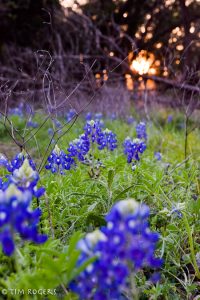
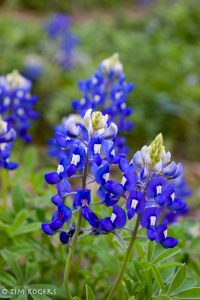
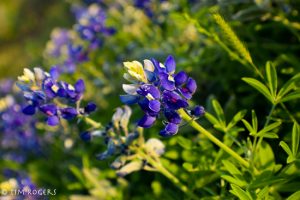 I am lucky enough to live near one of the “best” places in the area to see bluebonnets, so even in a bad year, there are enough pockets and patches to not only see them, but get some nice pictures. And since they are bluebonnets and this is Texas, everyone else is also contorting themselves into random uncomfortable positions to get that perfect shot.
I am lucky enough to live near one of the “best” places in the area to see bluebonnets, so even in a bad year, there are enough pockets and patches to not only see them, but get some nice pictures. And since they are bluebonnets and this is Texas, everyone else is also contorting themselves into random uncomfortable positions to get that perfect shot.
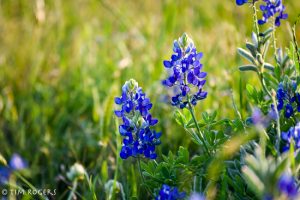
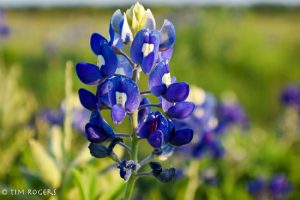 And because, why wouldn’t this exist, here is the official Flower Song of the state of Texas, appropriately named “Bluebonnets” (by Julia D. Booth and Lora C. Crockett):
And because, why wouldn’t this exist, here is the official Flower Song of the state of Texas, appropriately named “Bluebonnets” (by Julia D. Booth and Lora C. Crockett):
When the pastures are green in the springtime
And the birds are singing their sonnets,
You may look to the hills and the valleys
And they’re covered with lovely Bluebonnets.
Blue is the emblem of loyalty,
They’re as blue as the deep, deep sea,
Their smiling faces bring gladness,
For they bloom for you and for me.
Bluebonnets, so gorgeous and stately,
In your mantle of blue and of green,
In the spring when you’re in your full glory,
You’re the loveliest sight ever seen.
You’re beautiful when you sway in the sunshine,
You look like waves of the sea,
Ah, Texas was wise in her choice of a flow’r,
So we offer our homage to thee.
Chorus:
Bluebonnets, blue lovely Bluebonnets,
More beautiful than all the rest.
Texas chose you for her flower,
And we love you best, Bluebonnets.
